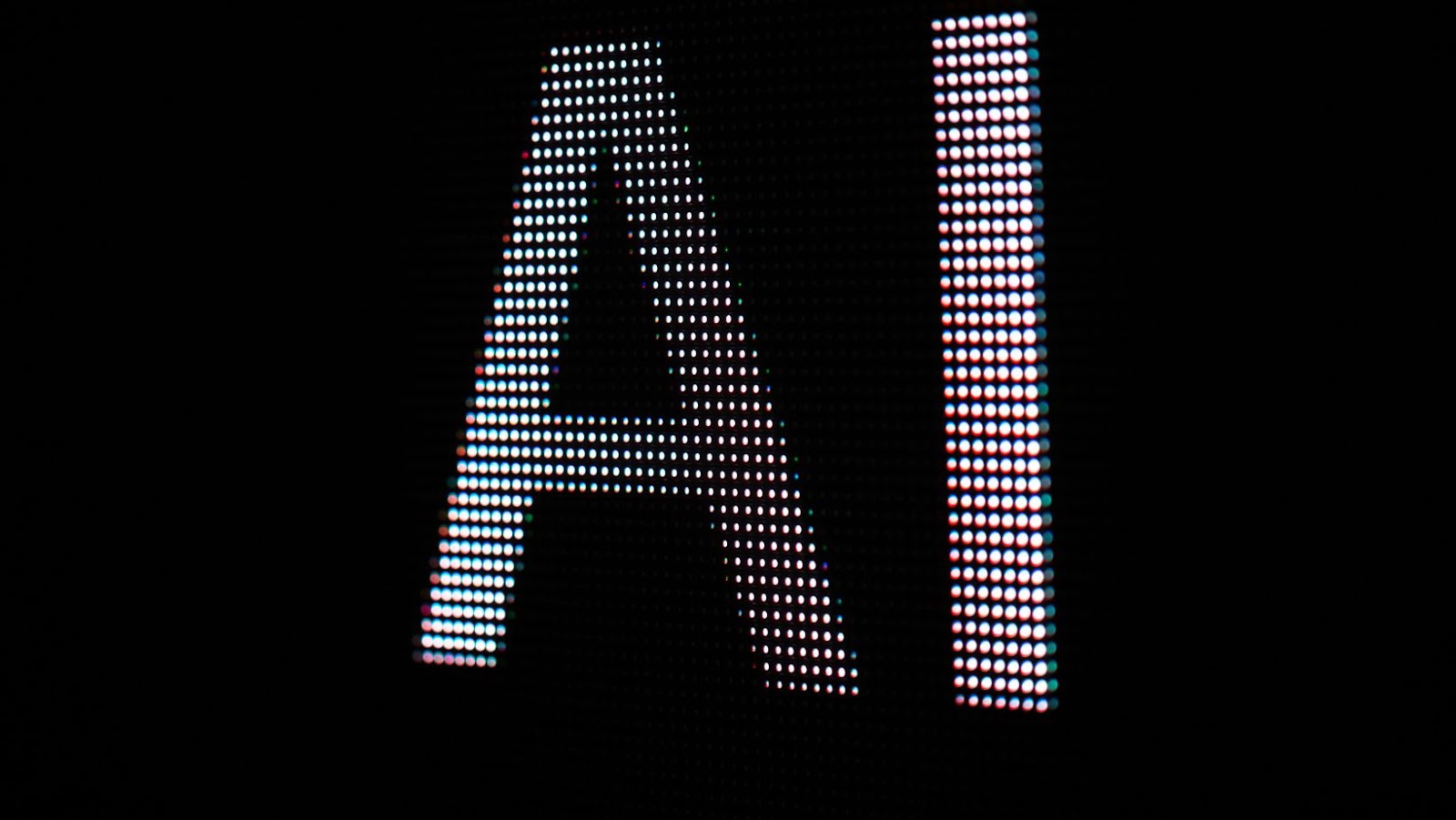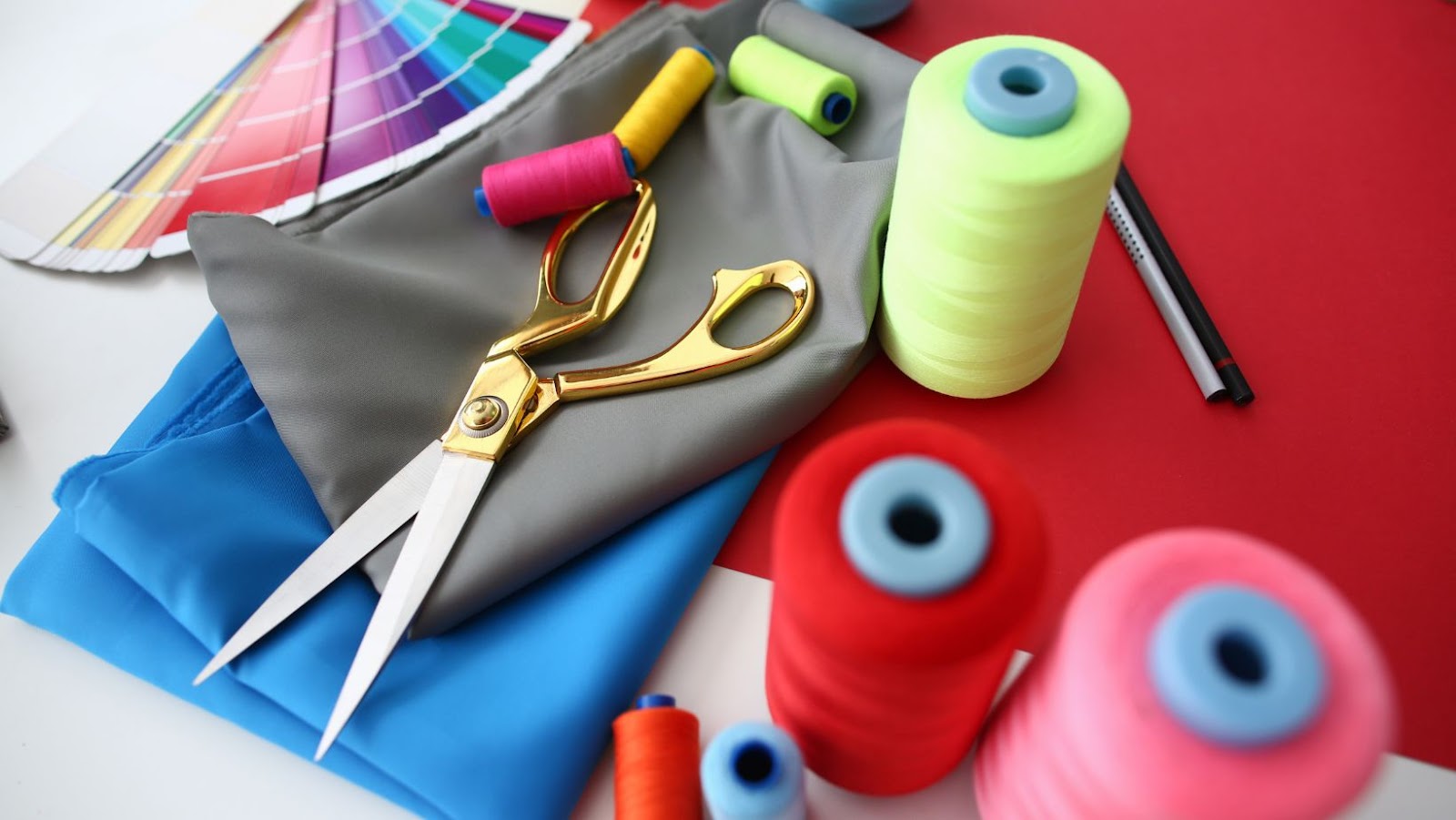Revolutionizing Style: How AI Fashion Design Boosts Creativity & Efficiency
 AI Fashion Design
AI Fashion Design
In this next section, I’m diving into how artificial intelligence is not just reshaping what we wear but redefining the very essence of fashion design itself. Given the pace at which AI technology is evolving, it’s an exhilarating time to explore how this fusion between tech and creativity is unfolding within the realm of fashion.
Understanding AI Technology
When I first started looking into AI in the fashion industry, I quickly realized that the heart of AI’s influence lies in its ability to process vast amounts of data at incredible speeds. This capability allows it to recognize patterns, trends, and preferences which would be impossible for humans to analyze in the same timeframe. Essentially, AI in fashion is about leveraging machine learning and data analytics to predict, design, and deliver compelling fashion experiences tailored to individual tastes and global trends.
AI’s role extends beyond the operational and into the creative, introducing a world where designers can collaborate with algorithms to push the boundaries of imagination. These innovations are not about replacing human creativity but enhancing it, allowing designers to explore new horizons of fashion design.
Applications of AI in Fashion Design
The applications of AI in fashion design are as diverse as they are revolutionary. Here’s how AI is making waves:
- Trend Forecasting: AI algorithms analyze data from social media, online searches, and sales data to predict future fashion trends.
- Personalized Design: Combining AI with data about individual preferences enables the creation of personalized fashion items, catering to unique tastes.
- Sustainable Fashion: AI helps in identifying sustainable materials and optimizing production processes to minimize waste, driving the industry towards eco-friendly practices.
- Virtual Try-Ons: AI-powered apps allow customers to try clothes on virtually, enhancing online shopping experiences and reducing returns.
Each of these applications not only makes fashion more accessible and personalized but also pushes the industry towards a more innovative and sustainable future.
AI Tools for Fashion Design
Several tools and platforms have emerged, empowering designers with AI capabilities to explore new dimensions of style. Here are some of the standout AI tools transforming the landscape of fashion design:
- Design and Pattern Generation: AI systems like DeepArt and Stitch Fix’s algorithm design unique patterns and styles by learning from a vast database of historical fashion data.
- Material Selection: Tools such as Google’s Project Muze are making strides in assisting designers with material and texture selections based on trend analysis and sustainability factors.
- Fit and Tailoring Software: AI-driven software solutions offer precise measurements and custom fit options, reducing the chances of errors in tailoring and ensuring a perfect fit every time.
 Benefits of Using AI in Fashion Design
Benefits of Using AI in Fashion Design
As we delve deeper into the realm of AI fashion design, it’s clear that the benefits it brings to the table are vast and transformative. From ramping up efficiency to sparking unprecedented creativity, let’s explore how AI is reshaping the fashion design landscape.
Increased Efficiency
One of the standout benefits of incorporating AI in fashion design is the significant boost in efficiency it offers. Traditional fashion designing processes can be time-consuming, involving extensive research, drafting, and prototyping. However, AI systems streamline these steps by automating repetitive tasks and analyzing trends faster than any human could.
For instance, AI algorithms can swiftly sort through millions of color combinations, patterns, and fabrics, selecting the ones that match predefined criteria or predict upcoming trends. This not only speeds up the design phase but also ensures designers can focus their time and skills on the more creative aspects of fashion design.
 Enhanced Creativity
Enhanced Creativity
Contrary to the fear that AI might stifle human creativity, it’s actually proving to be a catalyst for unprecedented levels of innovation in fashion design. AI tools like DeepArt and Google’s Project Muze are perfect examples, enabling designers to blend art and science in ways that were previously unimaginable.
These AI technologies allow designers to input their ideas and use the machine’s processing power to experiment with unique styles, materials, and aesthetics. The result? A fusion of human ingenuity and machine efficiency that pushes the boundaries of traditional fashion, making way for bold, new concepts and designs.
Improving Customer Experience
At its core, fashion is all about the end user. That’s where AI in fashion design truly shines, by significantly improving the customer experience. From personalized recommendations to virtual try-ons, AI technologies are making shopping more interactive and tailored to individual preferences.